This post may contain affiliate links. We may receive a small commission, at no cost to you, if you make a purchase. Read Disclosure.
Are you planning a trip to Iceland for the first time? It can be overwhelming planning a trip to Iceland. It’s possibly the most rugged, wild and remote places on this planet (aside from Antarctica, maybe) which can make planning a trip there feel daunting.
But don’t worry, you don’t need to stress out about it. Iceland promises to be the adventure of a lifetime, as long as you go in armed with our helpful tips for traveling to Iceland.
As Benjamin Franklin once said; Failure to prepare; means prepare to fail.
It’s not the kind of country you just rock up to and wing it. Doing this will make your adventures expensive, and you may miss out on some key activities and bucket list moments.
So before you visit Iceland, be sure to check out these tips to help you plan a memorable trip.
Tips For Traveling To Iceland
1. Book Your Car Rental In Advance
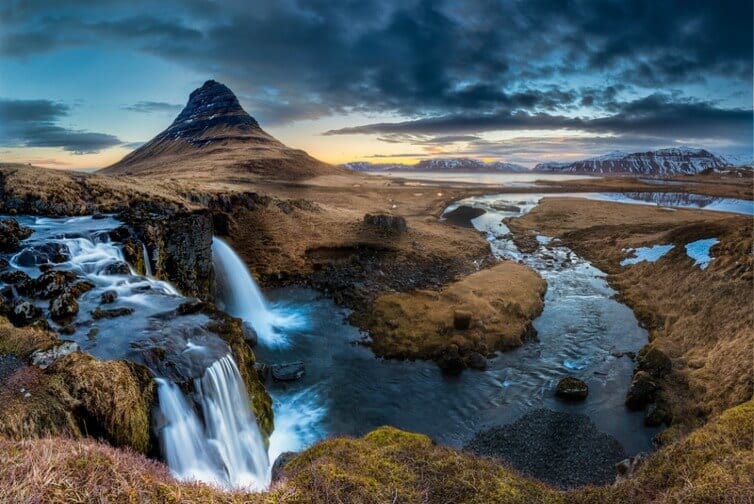
Iceland is one of the best locations in the world to go on a road trip adventure, especially with the stunning landscapes at every corner and the Ring Road around the island.
It’s also not the easiest place to explore when you don’t have a car. Sure, you can take day tours from Reykjavik or book a multi-day tour, but having your own car offers you more flexibility and the freedom to explore at your own pace.
You may also discover your own hidden gems and have more chances to stop to enjoy the country’s serene nature.
The earlier you book your rental car, the cheaper the prices. This is because car hires are in such high demand in Iceland, that if you wait until last minute, only the expensive cars will be left.
You may even want to consider booking a camper van, to save on accommodation.
We recommend using DiscoverCars.com to find your car rental company. They browse all the rental companies in Iceland and find you the best price.
2. Be reasonable with your Iceland itinerary
Everywhere is tempting and with so many things to do in Iceland, you’ll want to see it all.
I get it!
However, unless you are very lucky, your time on the island is limited. So, when preparing your Iceland road trip itinerary remember the following:
- Do not plan your Iceland road trip with the driving times indicated by Google maps. Not that they are wrong. It is just that they do not take into account that you will want to stop everywhere along the way.
- Weather can change, fog can appear, and you will have to slow down. Be diligent and safe.
- When you drive off the Ring Road, you will mostly be on gravel roads, which will slow you down as well.
- If you travel outside of summer in Iceland, days are short and there are less hours of daylight to explore by.
But don’t worry, you will still see a lot!
3. Choose the right month to visit Iceland
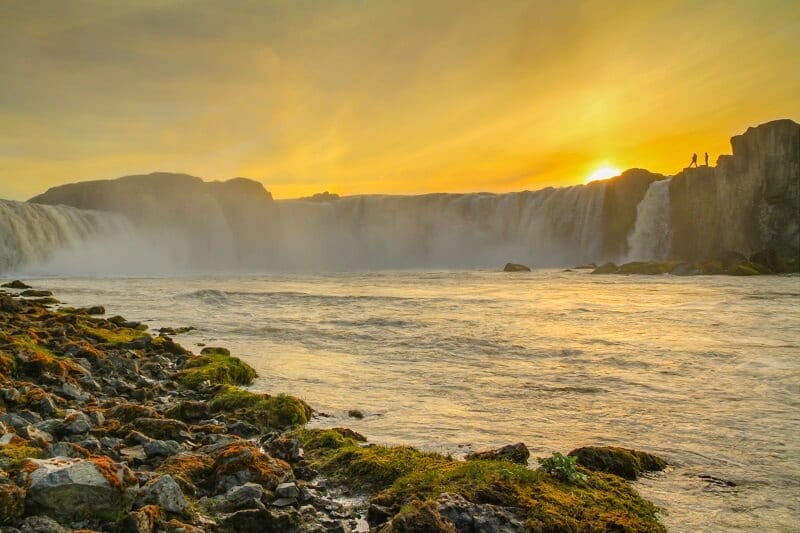
Iceland has something to offer every month of the year, so it really depends on what you want to see and how you want to travel.
If your timing isn’t already dictated for you, then consider planning your visit for the summer when there is more daylight hours for exploring.
However, summer isn’t the only good time to visit Iceland. Here is a list of special conditions and activities in Iceland and when you will encounter them.
- Crowds – most tourists come between June and August.
- Road conditions in Iceland – expect ice and snow November to March (and sometimes October and April)
- Accessibility – F roads leading to the amazing Landmannalaugar area are opened only between June and September (dates changing every year depending on conditions)
- Midnight sun in Iceland – Around 21st June.
- Northern Lights Iceland (aurora borealis) – Late September to March.
- Whale watching – all year around, more sightings between April and September.
- Puffins – May to Mid-August.
- Ice Caves – November to March;
- Lupin flowers – Mid June.
- Frozen waterfalls – January and February.
- Autumn colors – September.
4. Consider These Tips for Driving in Iceland
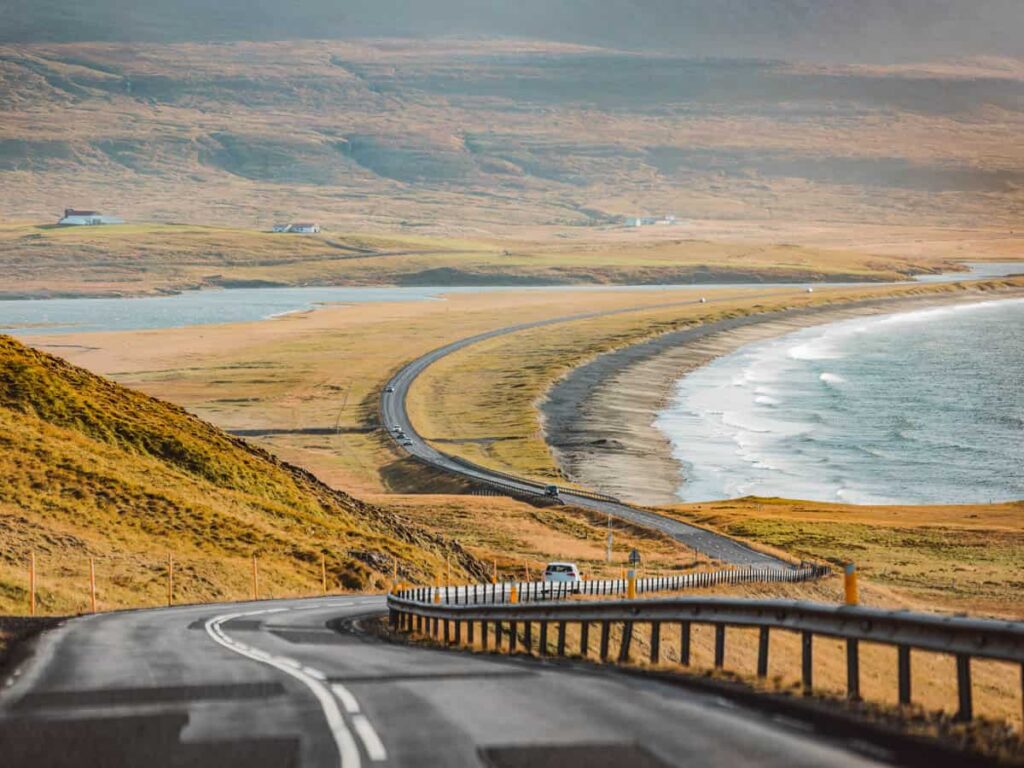
Here comes the frequent question: should you rent a 4WD or rent a normal car when you’re visiting Iceland?
Well, it depends on where you want to go and where you are able to drive. Below are some pointers for driving in Iceland to help you decide:
- All the F roads are accessible only to 4WD. Most of them are in the Central Highlands and open only between June and September (roughly as it depends on conditions). Those F roads sometimes have significant river crossings.
- There is already a lot to see not far from the Ring Road and the access gravel roads are manageable with 2WD cars.
- I rented a 4WD vehicle and I must admit it was much more comfortable for longer gravel roads.
- In winter the roads can be covered in ice and snow.
But don’t worry, the Ring Road and side gravel roads are not difficult and manageable for your Iceland road trip.
5. Include time for spontaneity
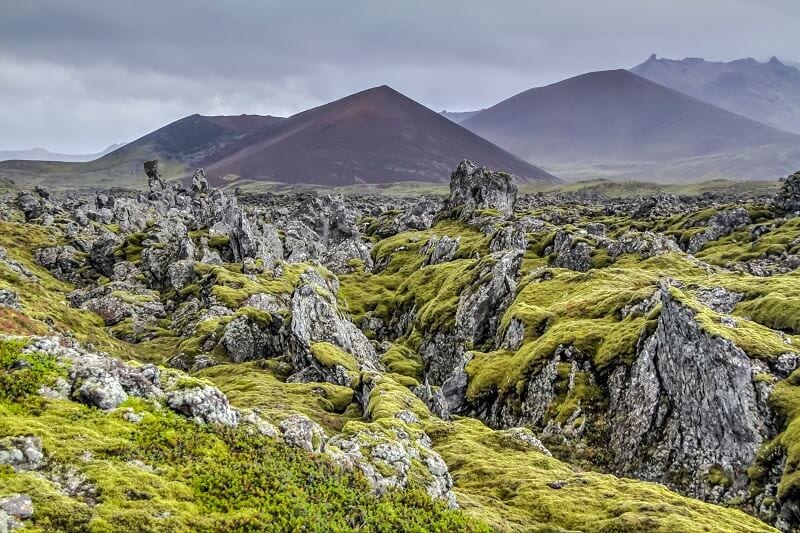
Make sure you have time to take a road when you have no idea where it leads to. This is how you can find some of the most memorable landscapes in Iceland.
During my own Iceland trip, I was touring the Snaefellsnes peninsula.
Based on the recommendation from locals, I drove through the lava field of Berserkjahraun. It was not planned and yet it was one of my favorite places in Iceland.
6. In summer, book accommodation in advance
Iceland’s tourism industry is developing quite fast, however there are still huge areas without any towns. So it is important to book your Iceland accommodation in advance.
The few hotels or guesthouses in the countryside fill up quickly. Another option for summer is to camp.
It is less of a problem in winter. However, during that period, many establishments shut down, so you could face the same problem.
7. Pack layers for your Iceland vacation
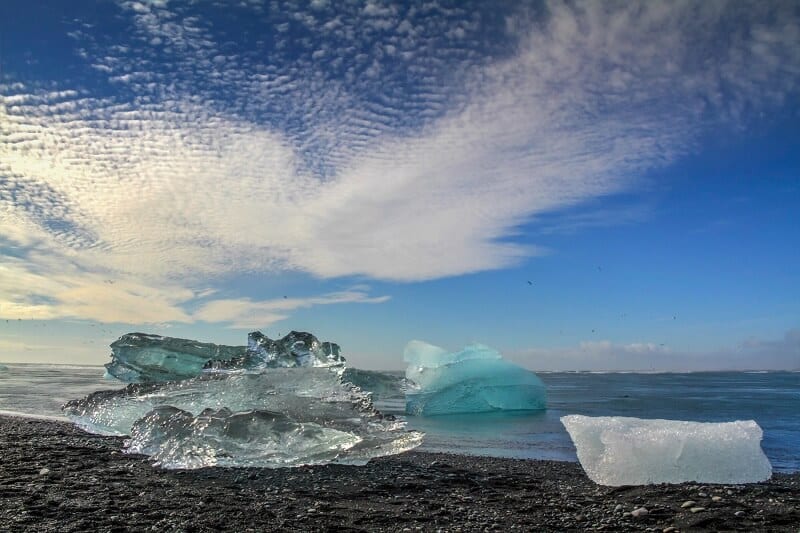
This is not a legend. This is a reality. The weather in Iceland changes quickly.
So you need layers: some to keep warm, some to protect from the rain and some to stop the wind. And on top of that you should bring a hat and gloves.
One time I was on Jokulsarlon beach, a stretch of black sand where icebergs wash off. It was all foggy and wet, an incredible mood! But a little while later we had a beautiful blue sky!
8. Plan to alternate drivers
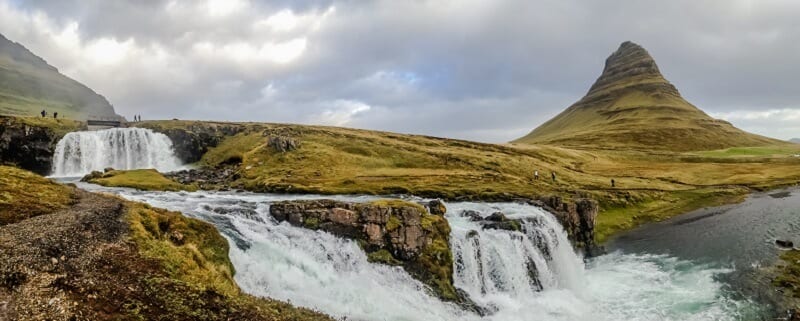
I am going to repeat myself Iceland is STUNNING. It is hard to keep your eyes on the road. And yet, you should! Sheep can appear suddenly.
Roads sometimes become one lane bridges, so my advice is to plan in advance to alternate drivers (if you are not on a solo road trip like me).
Or plan to stop every couple of kilometers so that the driver can enjoy the views. And then you are back to the first point of this article – be reasonable with your itinerary.
9. Drink the tap water
You can save so much money, and the environment, by opting to drink the tap water in Iceland instead of bottled water.
The water in Iceland comes from the glaciers so it’s clean and pure. It also tastes great!
10. Carry credit cards, not cash
ATMs are practically non-existent in Iceland (there are some in the cities), but it’s not a problem as pretty much everywhere takes credit card or debit card.
11. Keep an eye on weather forecasts
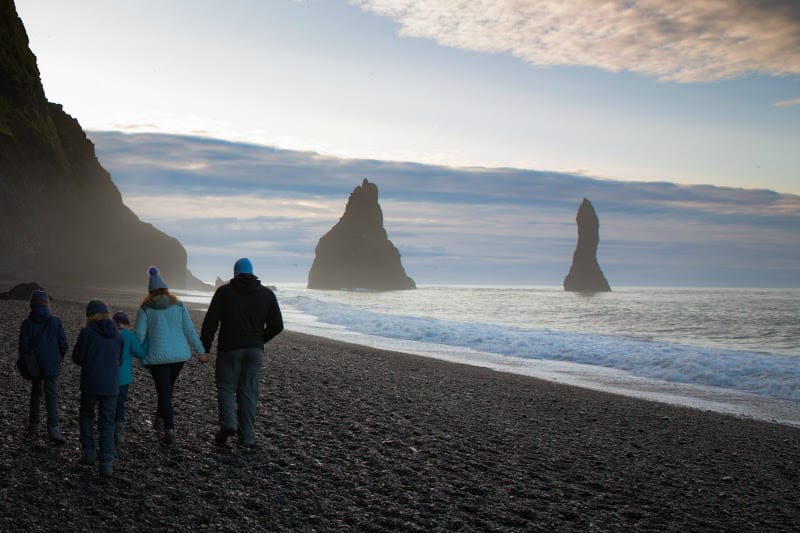
When planning your day’s adventures, be sure to check the weather forecast as it can often change dramatically throughout the day.
It can be hot and sunny in the morning, and foggy and rainy in the afternoon. You may want to carry a rain jacket at all times, just in case.
Don’t get caught out by this and plan ahead.
12. Wear waterproof hiking boots
Many of the top attractions in Iceland are rugged and off the beaten path, so you’ll want to wear sturdy footwear.
I recommend you wear waterproof hiking boots as the hiking trails are often muddy and wet, plus they are the best footwear to wear when hiking in the national parks.
13. Don’t take a taxi from the airport
If you don’t pick up your car rental from the airport, don’t take the taxi into the city from the airport. It’s ridiculously expensive!
Instead, take the Flybus. The Flybus is an airport transfer bus that connects Keflavík Airport and the BSÍ Bus Terminal in downtown Reykjavík.
It’s a 45 minute bus journey and is usually times to coordinate with the flight times, so you don’t even need to wait around for the bus.
14. Drive the Golden Circle
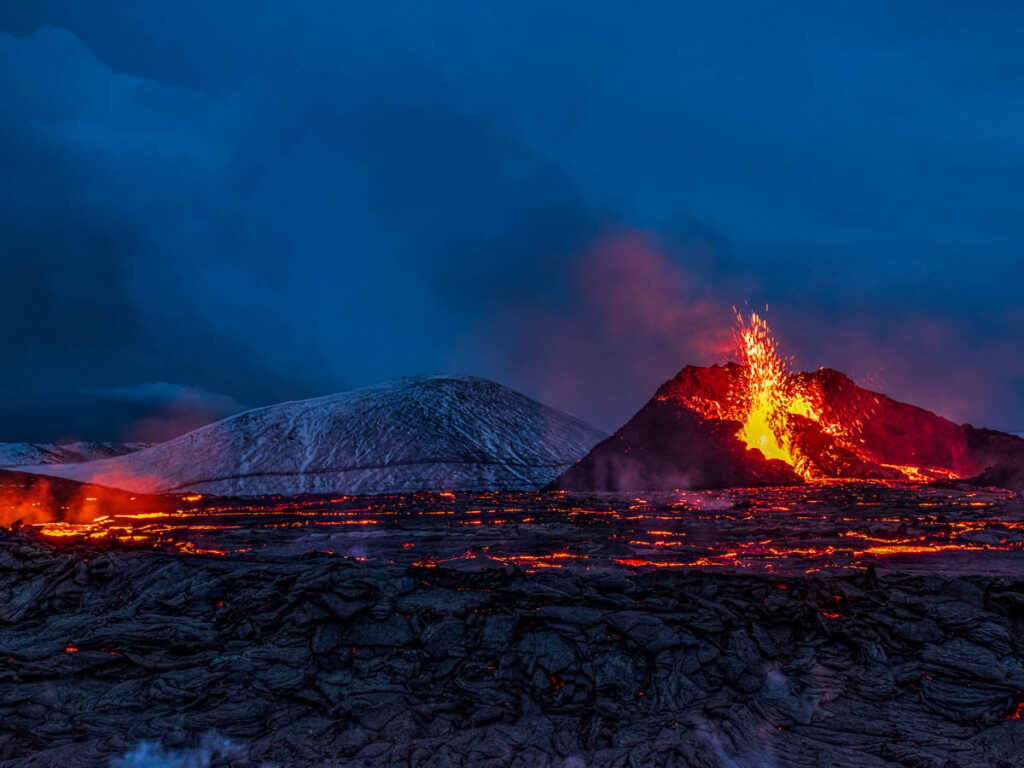
If you’re planning your visit last minute and you haven’t planned much on your itinerary aside from the Blue Lagoon, then you’re best bet is to drive the Golden Circle.
This is a 300km circular route around the island that ticks off many of the top sights.
Some of the unmissable attractions on the route are Thingvellir National Park, Kerid Crater, Gullfoss Falls, and Haukadalur.
15. Know what can and can’t be seen in a day
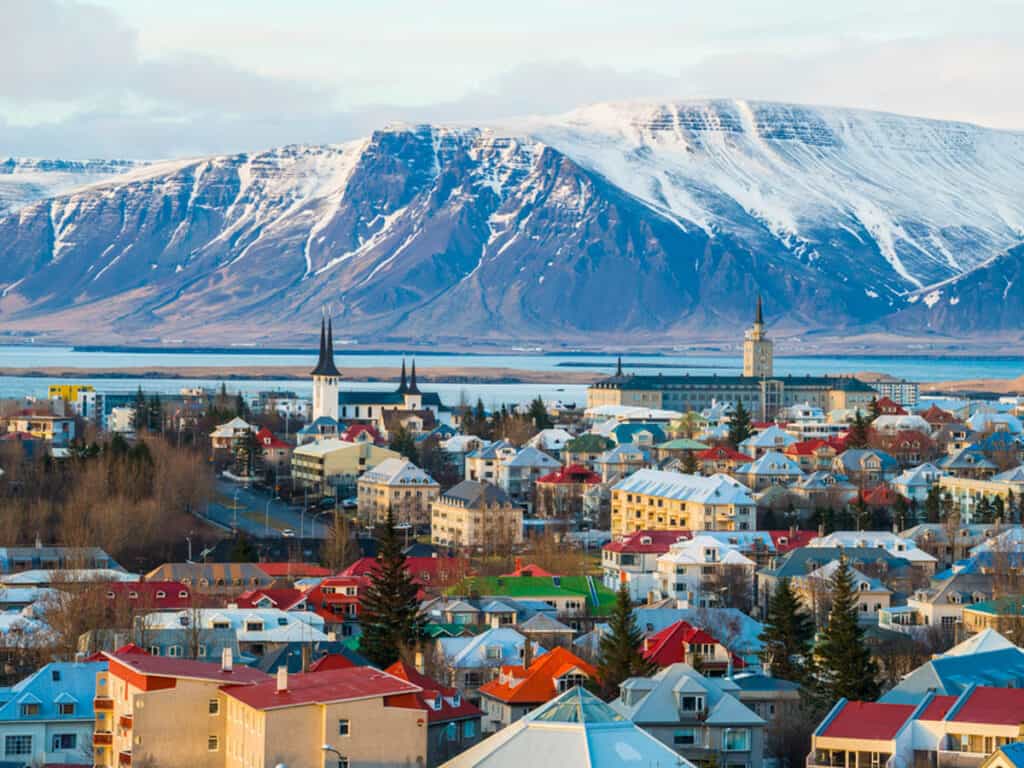
You might be thinking you can visit everywhere in Iceland on a day trip from Reykjavik, but the truth is, some places are just too far away to do in a day.
For example, the iconic Jökulsárlón Glacier Lagoon is a five hour drive from Reykjavik, which is 10 hours of driving without even spending time to stop and see the natural hot springs.
Be mindful of driving times when you plan your itinerary.
Final Thoughts
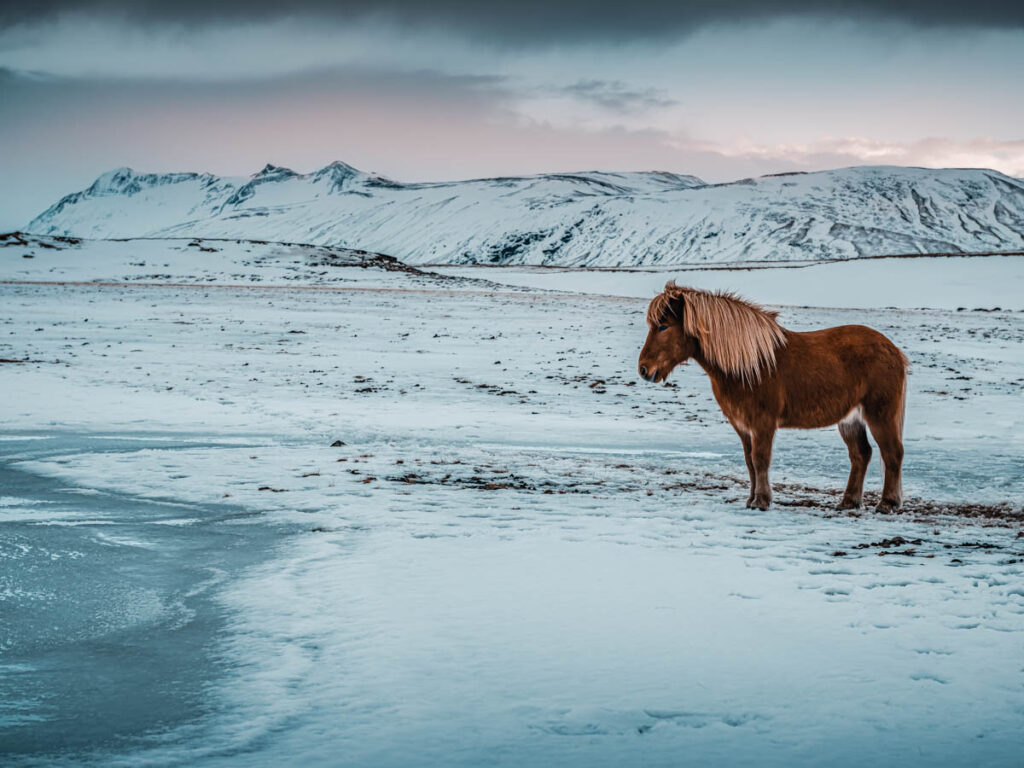
Iceland is a dream come true for many travelers, but proper planning is essential for an unforgettable experience.
The attraction to Iceland is undeniably its raw and untamed beauty, but it demands careful preparation if you’re going to get the best experience.
By planning ahead, you can secure accommodations in remote areas, ensuring solitude amidst breathtaking landscapes, and save money on this notoriously expensive country to visit.
We hope this guide helped you plan your trip to Iceland and gave you some food for thought.
For more ideas about things to do on that road trip, planning information, beautiful photos, and practical maps to help you plan your travels, check out ZigZag On Earth’s eBook:
More Iceland Travel Tips
Need more inspiration for visiting Iceland? Check out these other helpful guides!
Pin To Save On Pinterest
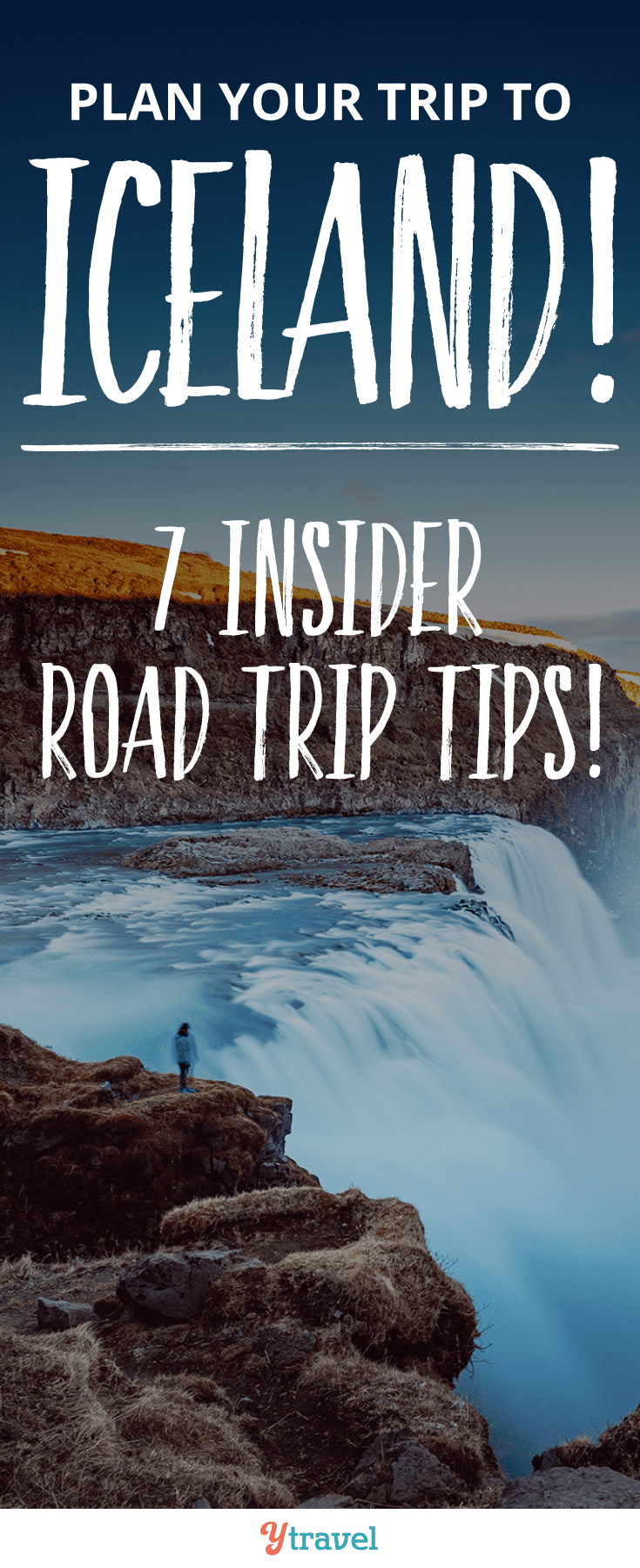
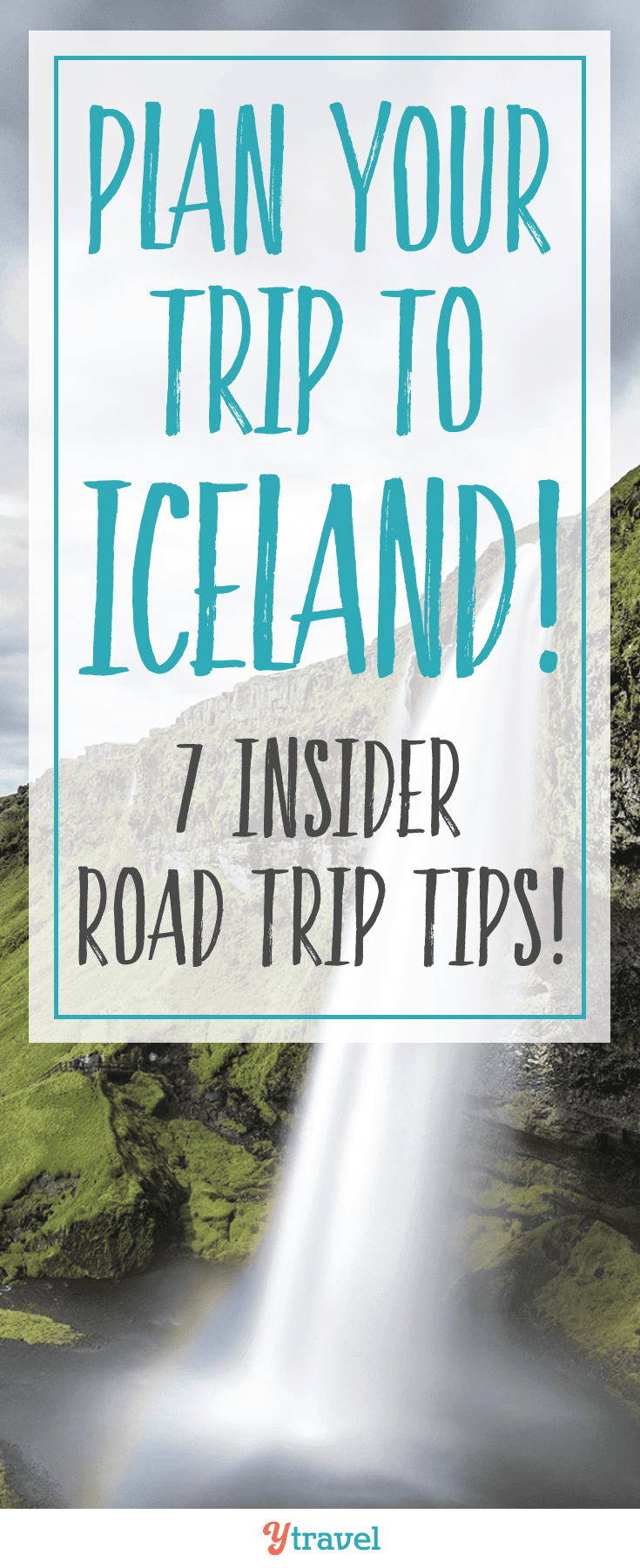
Do you have any tips for visiting Iceland? Share your ideas in the comments below!
[ad_2]
Source link
